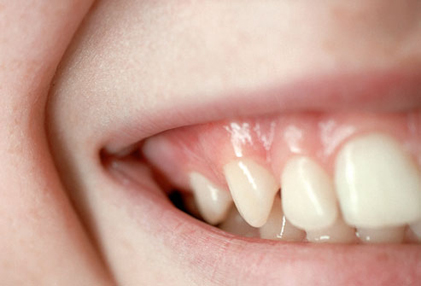The next three months will be marked by office parties, fun sized candy bars and indulgent meals with your friends and loved ones. For many of us, this can also be a stressful time between end-of-year obligations and hosting family gatherings. Thousand Oaks Family Dentistry wants to take a moment to remind our patients about the risks posed during these fall/winter months, and how to manage them. Remember, it only takes a few easy changes to protect your teeth and save yourself from future dental headaches.
Firstly, avoid marathon meals and snack sessions. Does that bowl of halloween candy call to you at all hours of the day? Every time we eat or drink anything other than water, our mouths become acidic enough to demineralize enamel for thirty minutes. If you eat one candy bar every half hour, your teeth would spend the whole day in this softened state. Likewise, the classic 4pm to 9pm holiday meals have the exact same effect. Minimize your risks by paying attention to the duration over which you are eating. By limiting yourself to three meals a day with light sugar/carb free snacks in between, you give you saliva a chance to use its natural remineralizing powers.
Another way to avoid dental troubles this holiday season is to stay hydrated with water. When the thermometer drops, we often gravitate towards teas, coffees and other warm beverages. Unfortunately, these are often acidic, sugary and sipped over a long period of time. This creates a perfect storm for cavities and damaged enamel. Try to swap out some of your favorite fall/winter drinks for an old fashioned glass of water. This small change spares your teeth from demineralization, provides a rinsing effect and (if you are drinking tap water in Southern California) provides a beneficial dose of fluoride. Its a win-win-win!
Finally, make sure to take care of yourself! As the days get shorter and the calendars get more full, it becomes easy to forget the basics. Make sure to brush twice a day with fluoride toothpaste and floss once a day. Additionally, don't ignore your regular dental cleanings and exams! It can make a huge difference in the longevity and comfort of your teeth. If you would like to know more about how to keep your teeth healthy this fall/winter season or schedule an exam, please give our office a call!












